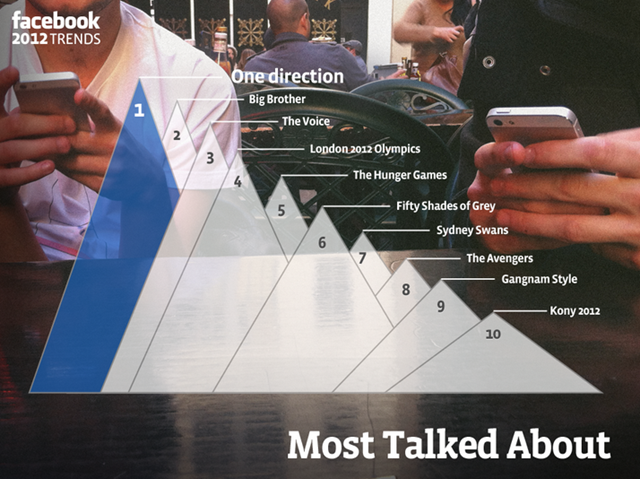Over the last 24 hours, the changes to the Instagram social network’s terms of use have rippled across the web. Many took to Twitter to voice their displeasure, while others determined it was a non event. In many respects, it was only a matter of time before Facebook began to expect a return on their $1 billion investment in the nine person strong social network startup.
Instagram responds
As I suggested yesterday, Instagram will measure community response to the changes and are likely to return with a watered down version of their terms of use. In a blog post from co-founder, Kevin Systrom, Instagram have moved to clarify the plain English ambiguity that comes with legalese.
Our intention in updating the terms was to communicate that we’d like to experiment with innovative advertising that feels appropriate on Instagram. Instead it was interpreted by many that we were going to sell your photos to others without any compensation. This is not true and it is our mistake that this language is confusing. To be clear: it is not our intention to sell your photos. We are working on updated language in the terms to make sure this is clear.
The post also moves to clarify ownership rights and privacy settings – though it is worth pointing out that the privacy features in Instagram are not yet as granular as those offered by Facebook.
Big data is the hidden gold
The world of advertising has shifted substantially in the last 2-3 years. Those immersed in the world of digital will have a more nuanced understanding of “innovative advertising that feels appropriate on Instagram” than the general public. It’s not simply a case of a social network selling your photo for use in an advertising campaign. It’s about using the META DATA associated with your photo to CONTEXTUALISE digital advertising within YOUR social network.
So, imagine that you ride a Ducati motorbike (as I used to). If I took a photo of myself on a Ducati motorbike at the local dealership and tagged it accordingly, that photo may appear in a Facebook ad (or an ad served via the Facebook Exchange elsewhere on the web). But most importantly, because we know consumers trust friends more than we trust brands, we are more likely to respond to advertising with an implied (or real) endorsement. So when my Ducati ad appears with a well crafted call to action, and you click through to an offer from your local motorcycle dealer, Instagram will have done its job – delivering a highly targeted contextual advertisement to a highly targeted, socially-influenced audience.
This can occur because each time you take a photo with Instagram, you upload not only the photo itself, but you connect that photo with other identities and data, like:
- The caption of the photo and a list of hashtags in the caption
- Location of the photo – latitude and longitude, and sometimes a location name
- List of comments on the photo, each with the text of the comment and details about the comment’s author
- Date and time the photo was created
- Link to view the photo on the web in different sizes – thumbnail, low resolution and standard sizes
- Count of likes, with details of each user who liked the photo
- Details of the user who posted the photo – their username, website, bio, profile picture and full name
You’re not the product, your friends are
We often say that when you use a social network and the price of entry is free, that YOU are the product. But that is only half the story. You are not the only product – your friends and social connections are too.
And in a world that is inundated with messages and messaging, cut through comes via trusted sources. That’s why Instagram (or Facebook) don’t want your images, they want your influence, reputation and social connections.



